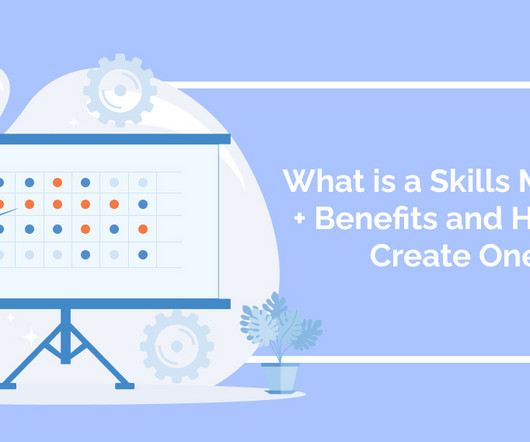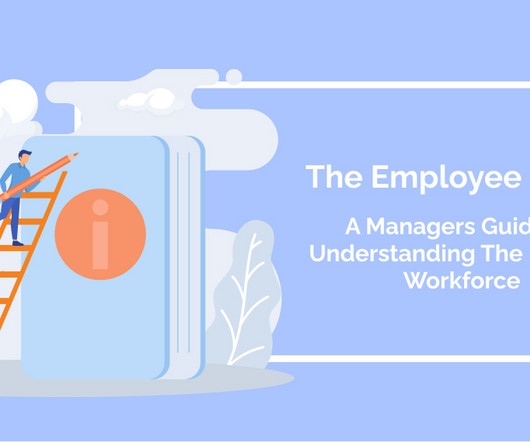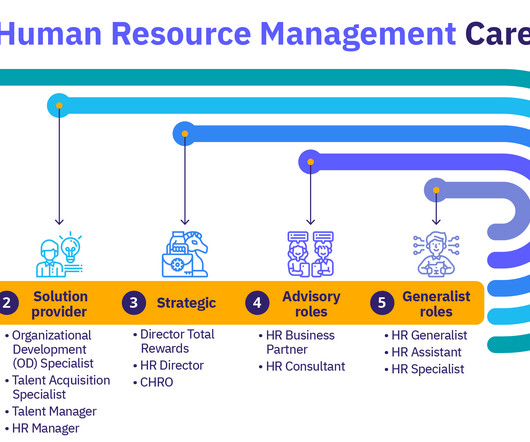Skills gap analysis: Taking a proactive approach
Walk Me
FEBRUARY 24, 2022
Internal factors include staff shortages from retirements, high employee churn rates and poor succession planning and training, while external factors include changes to immigration patterns, economic conditions and an aging population in the local area where talent is usually sourced.














Let's personalize your content